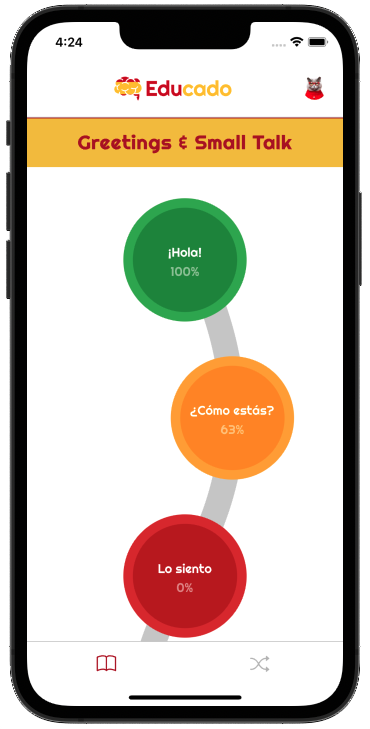The passato prossimo
The passato prossimo is a frequently used past tense in Italian, similar to the present perfect tense in English. This tense is used to describe actions that started and were completed in the past.
Formation of the Passato Prossimo
The passato prossimo is formed by combining the auxiliary verb (essere or avere) in the present tense with the past participle (participio passato) of the main verb. The choice of auxiliary verb depends on the main verb.
Auxiliary Verbs
- Avere (to have)
- Essere (to be)
Past Participle
The past participle is formed by:
- -are → -ato (parlare → parlato)
- -ere → -uto (credere → creduto)
- -ire → -ito (finire → finito)
Use of Avere and Essere
-
Avere is used with most verbs.
- Example: Ho mangiato (I have eaten)
-
Essere is used with verbs of movement and change of state, as well as reflexive verbs.
- Example: Sono andato/a (I have gone)
For verbs that use the auxiliary essere, the past participle must agree in gender and number with the subject.
- Example: Maria è andata (Maria has gone), I ragazzi sono andati (The boys have gone)
Terms of service |
Privacy statement |
E-mail us at: info@educado.app
© Copyright Educado 2024 - All rights reserved
Educado | Opaallaan 1180 | 2132LN | Hoofddorp | Netherlands
© Copyright Educado 2024 - All rights reserved
Educado | Opaallaan 1180 | 2132LN | Hoofddorp | Netherlands


